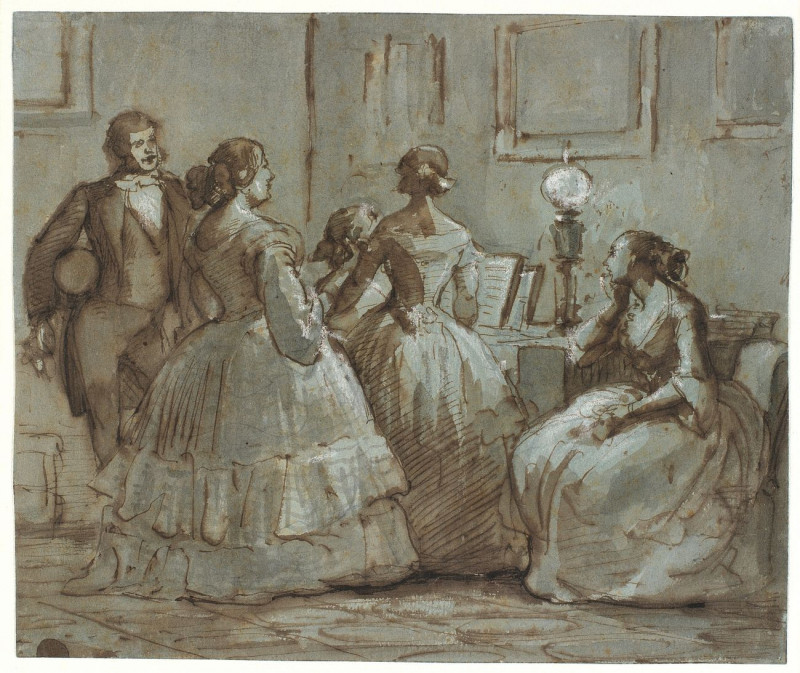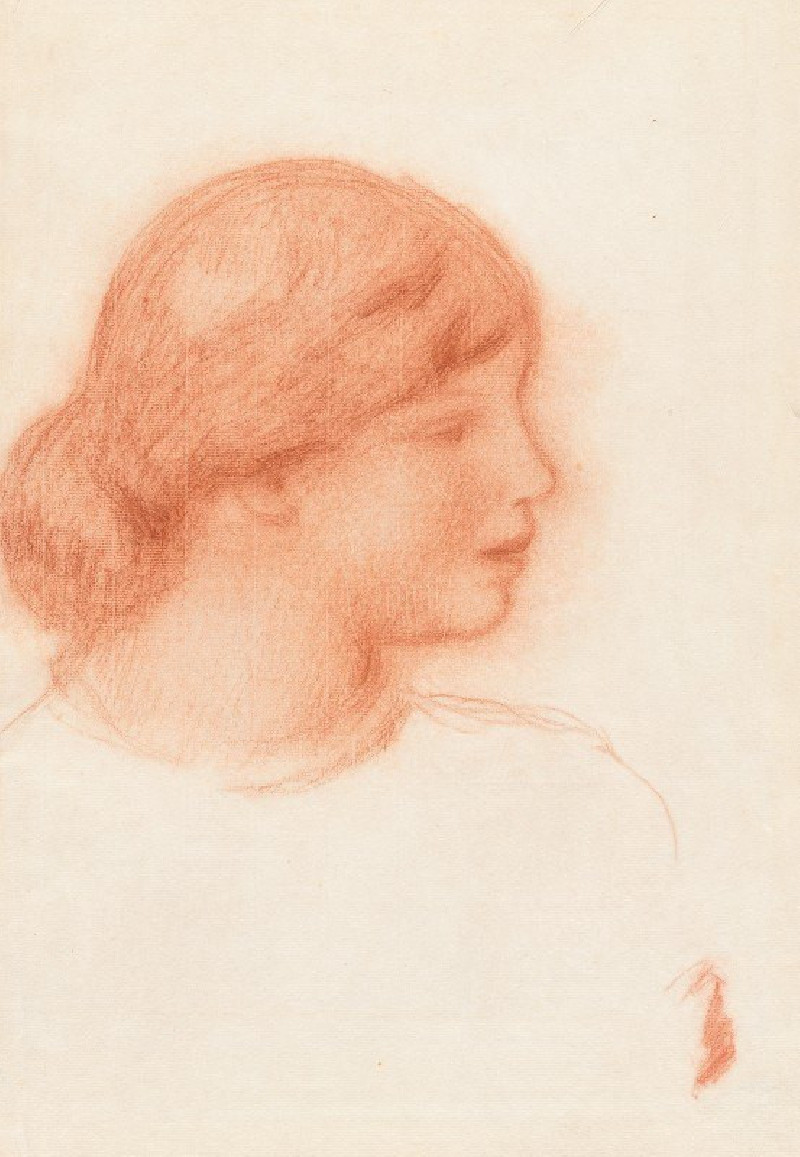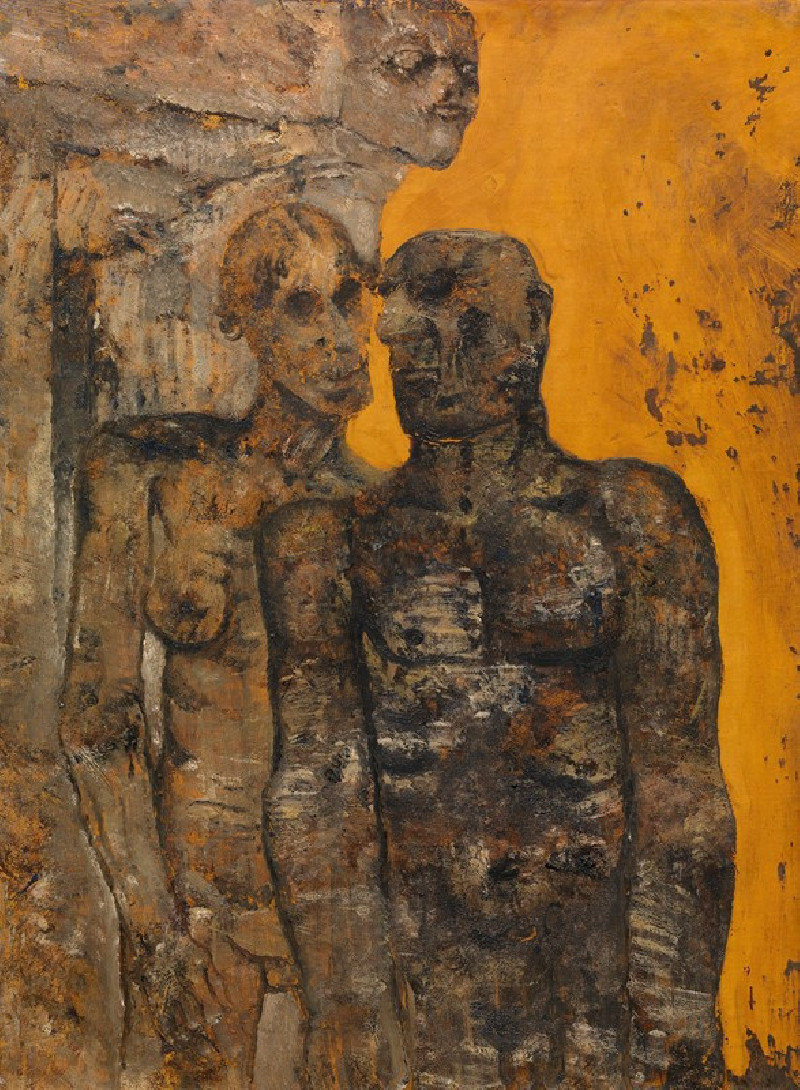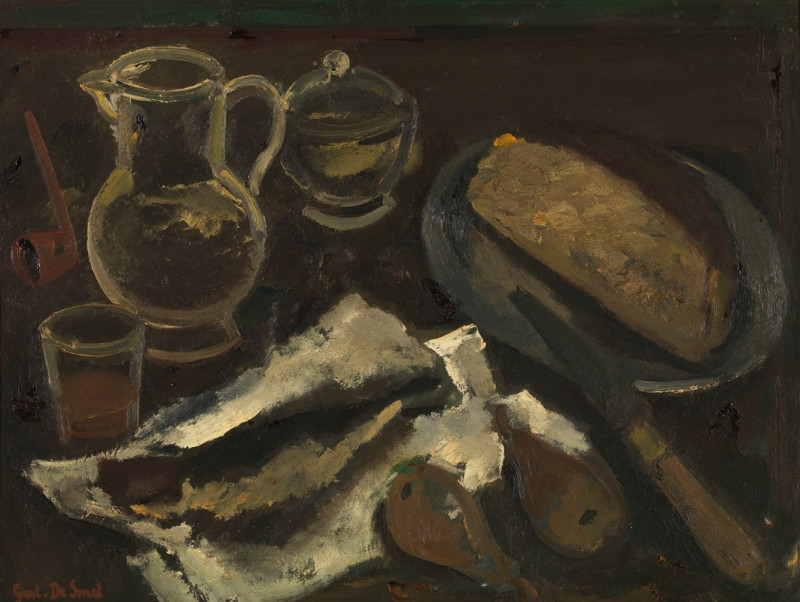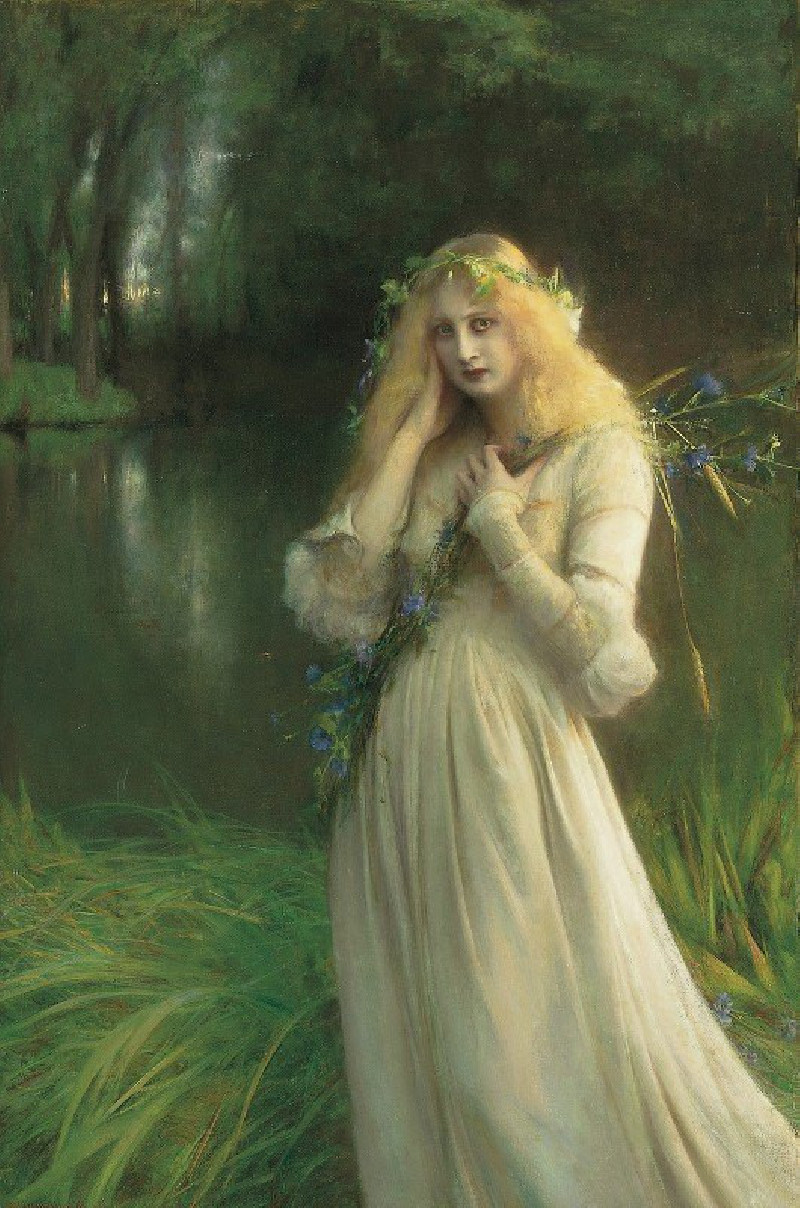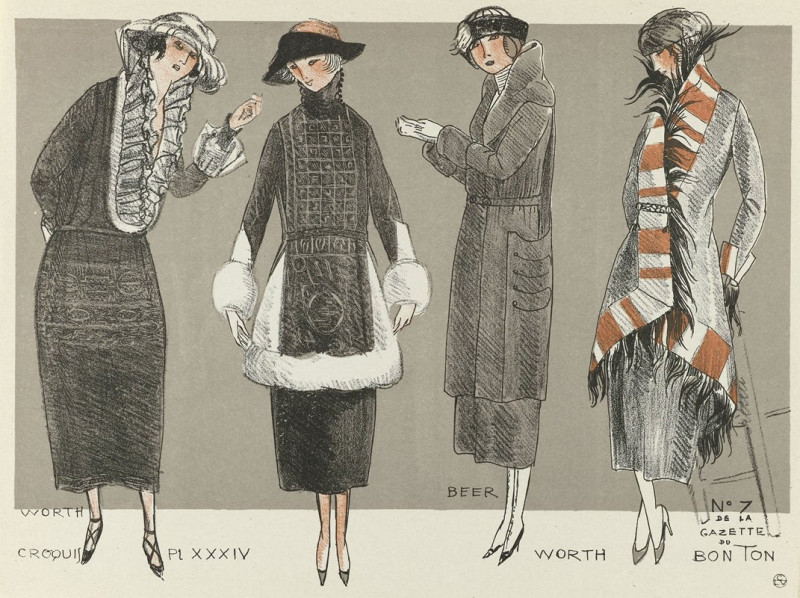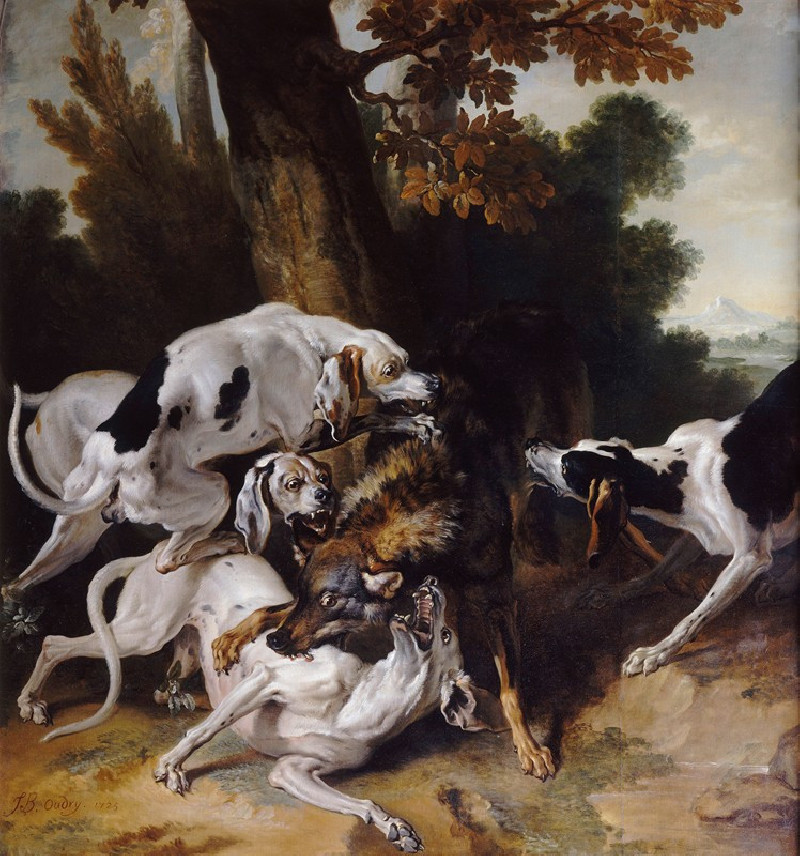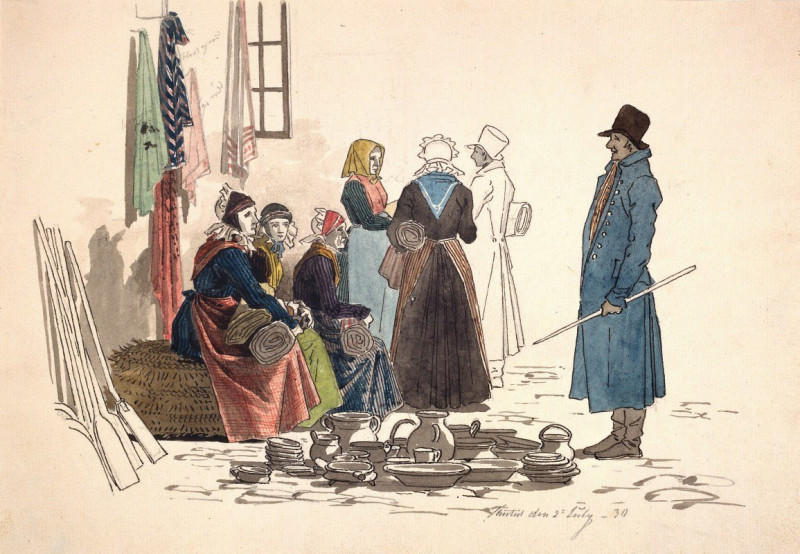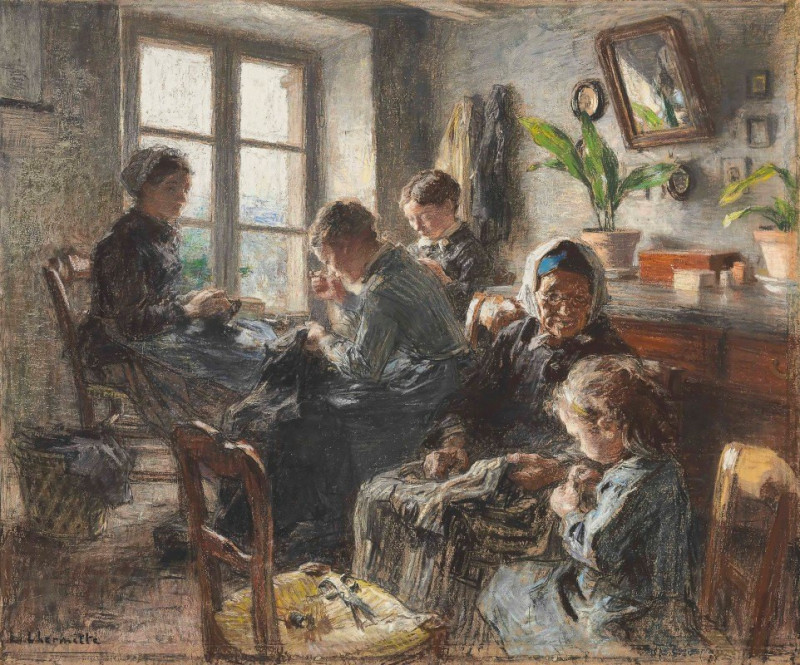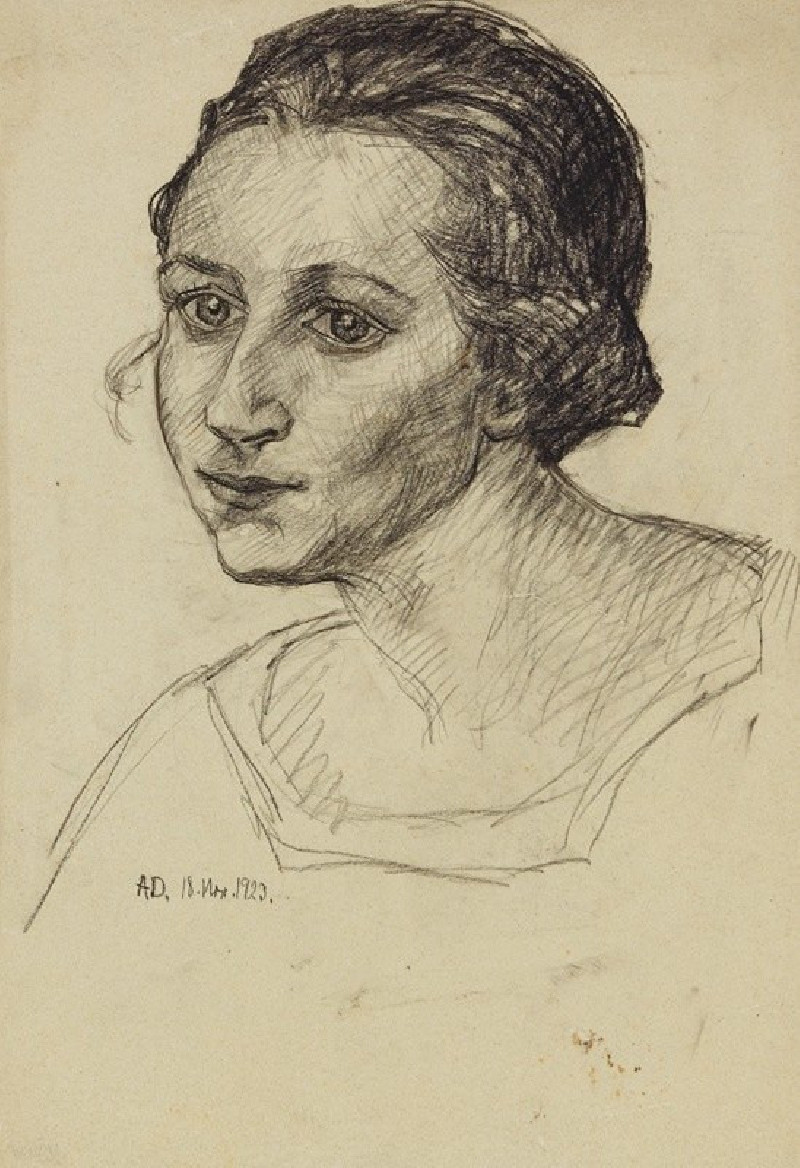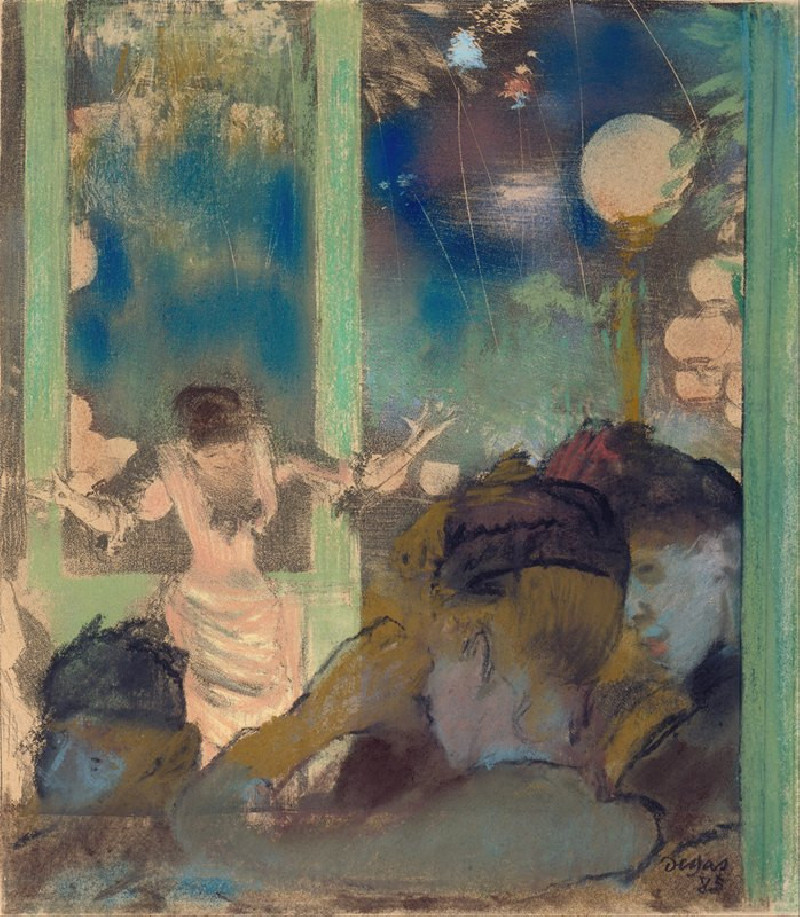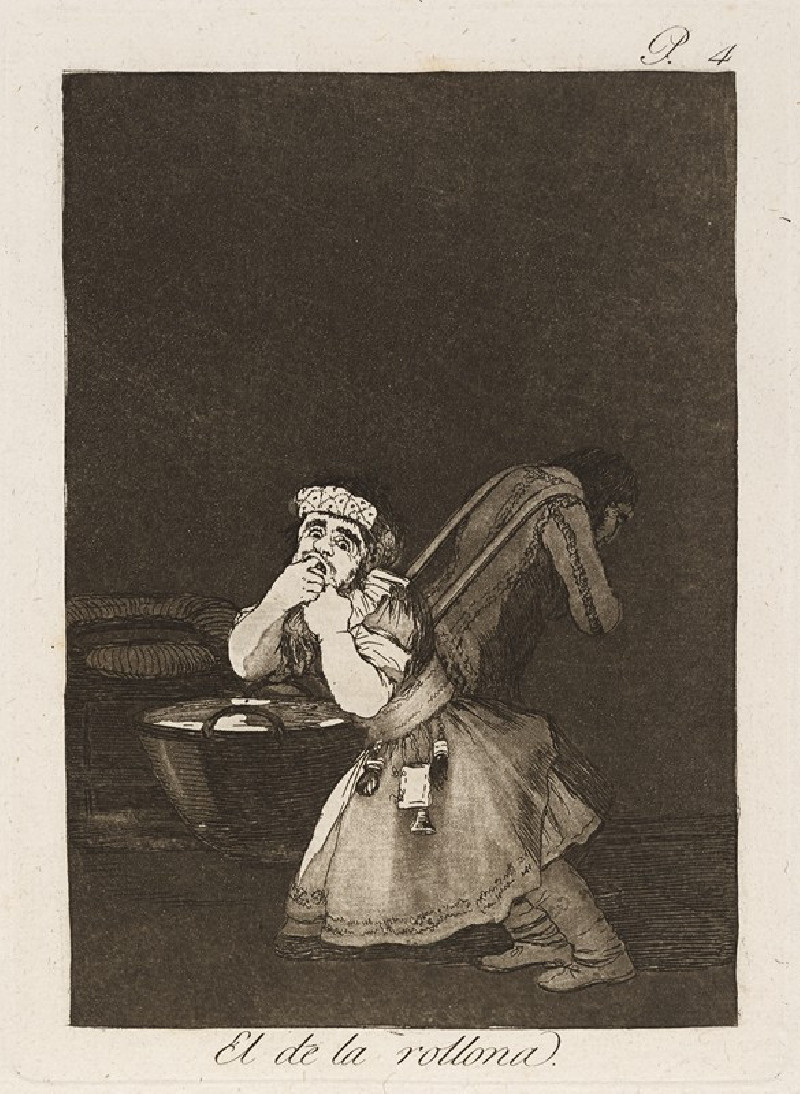Variations (Progressive Motif) (1927)
Technique: Giclée quality print
Recommended by our customers
More about this artwork
Paul Klee, a maestro of abstraction and symbolism, invites viewers into a world of geometric exploration and subtle complexity with his 1927 masterpiece, "Variations (Progressive Motif)". This painting is a compelling illustration of Klee’s adept manipulation of lines and colors to create a sense of depth and movement, which transcends the simplicity of the elements used.The artwork features a mosaic of overlapping cubes and rectangles, meticulously arranged to create a harmonious yet dynamic pattern. Klee’s use of delicate lines in varying shades of blue, brown, and grey not only outlines the shapes but also weaves them into a cohesive structure, evoking a sense of architectural design. The background, with its gradient of blue hues, subtly shifts across the composition, offering a gentle contrast that enhances the illusion of three-dimensionality.Klee's technique in this painting might seem straightforward at first glance, yet it embodies his deep philosophical and theoretical investigations into color theory and composition. He employs color gradations and line variations not only to delineate forms but to suggest a deeper connectivity among the disparate elements."Variations (Progressive Motif)" beautifully captures Klee's ongoing dialogue with the abstract and the concrete, the planar and the spatial. It invites viewers to step closer and discover the intricate relationships and gentle progression of forms, reflecting an almost musical rhythm within the visual plane.This painting stands as a testament to Paul Klee's enduring legacy as an artist who continually pushed the boundaries of art, encouraging us to perceive beyond the seen to the unseen rhythms and harmonies of the visual world.
Delivery
Returns
Paul Klee was a Swiss-born German artist. His highly individual style was influenced by movements in art that included expressionism, cubism, and surrealism. Klee was a natural draftsman who experimented with and eventually deeply explored color theory, writing about it extensively; his lectures Writings on Form and Design Theory (Schriften zur Form und Gestaltungslehre), published in English as the Paul Klee Notebooks, are held to be as important for modern art as Leonardo da Vinci's A Treatise on Painting for the Renaissance.
































